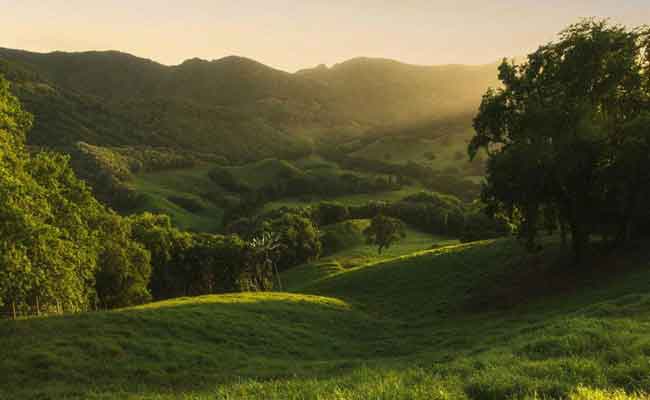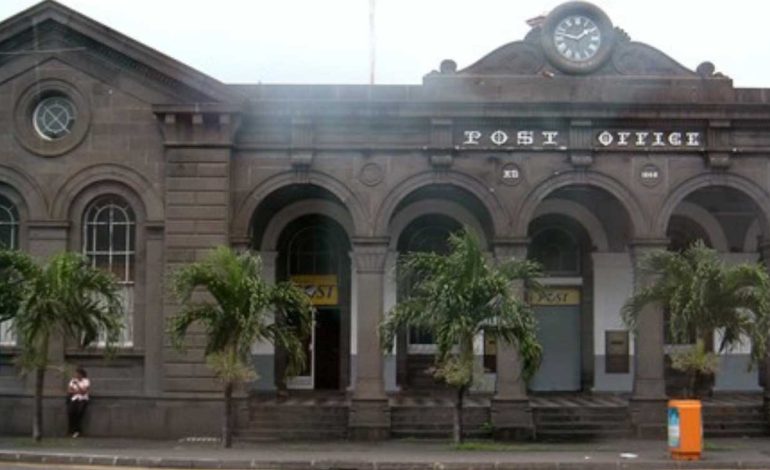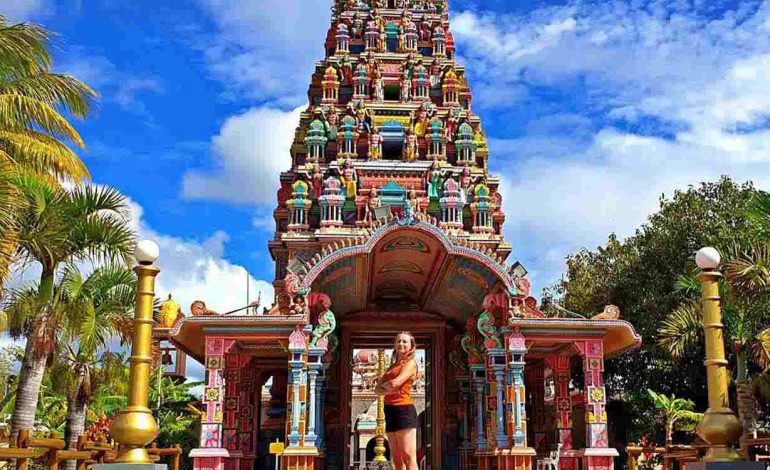18th September 1598: the history of this gem of the Indian Ocean begins with the disembarkation of the first Dutch settlers in the South East of Mauritius, at the village of Ferney, 25 November 2006: a wonderful preservation and restoration project opens its doors to the public on the valley and forest of Ferney created by the unshakable determination of the CIEL group and the cooperation of the Mauritian Wildlife Foundation (MWF) and the local authorities.

Beyond these symbolic dates, part of a chapter of a nation’s history unfurls over centuries with its natural heritage and reveals itself to the enchanted eyes of the visitor.
Ferney will remain the birthplace of Mauritius. Moreover, for future generations, its valley aspires to be a privileged sanctuary to promote awareness of the need to preserve its biodiversity. At the heart of a protected zone of over 200 hectares chiselled by the progressive eradication of exotic plants obstructing the survival of indigenous species, hikers will have the privilege to admire, under the supervision of an experienced guide, the only known colonies of Eugenia bojeri (Bois clou) and Pandanus macrostigma (Vacoas) on the planet Olax psittacorum (Bois perroquet), Pandanus icici (Vacoas), Poupartia pubescens (Bois Poupart) and Polyscias dicroostachya (Bois d’Éponge), considered to be in the process of extinction by the International Union of Nature Conservation (IUNC) are the main items of the natural vista.
After a 90 minute walk where the fragrances, melody and solemnity of the place succeed each other, the hikers will no doubt be captivated by the majestic flight of the Mauritian kestrel (Falco punctatus) in search of its prey. This species was reintroduced in the valley of Ferney in 1987. Today there are about 1,000 in the wild (against 4 30 years ago amongst which one was female). Amongst the endemic species of the island, it remains the only bird of prey which has survived in this region. In 1974, it was considered the rarest bird in the world.
Ferney is also home to the rare Mauritian blackbird, the Mauritian bat, the tropic bird with its streaming central tail feathers, and several species of geckos “Phelsuma “. The reintroduction of the last endemic birds of the island (other than the kestrels), such as the pink pigeon or the big Green Indian Ringneck parakeet, will be carried out to complete this ambitious project. It has restaurant facilities and a boutique; this pure eco-tourist site brings light with all its authenticity to the sumptuous universe of Mauritius.


